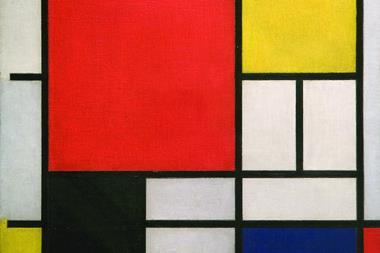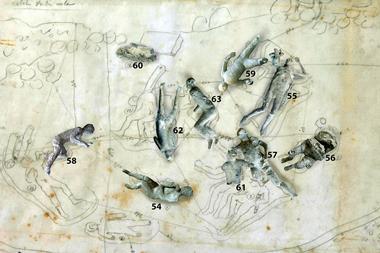Portable x-ray fluorescence imaging has revealed hidden alterations in ancient Egyptian artworks.
By analysing elemental markers in pigments, researchers uncovered changes to an arm position, sceptre, necklace and headdress in paintings at the tomb chapels of Menna and Nakhtamun near the river Nile, which date back over 3000 years.
Ancient Egyptian artists often used paints that feature strong elemental signals that make them perfect for detection by x-ray fluorescence imaging. Scans of the tomb chapel paintings for elements like iron – present in hematite, a shade of red, or goethite, a yellow – arsenic for realgar (red) or orpiment (yellow), and copper from Egyptian blue, allowed mapping of paint that had subsequently been covered or faded away.

The discoveries were made using two portable x-ray fluorescence instruments that were specially designed to be lightweight, transportable and battery operated. Taking analytical equipment to the art increases the number of paintings that can be analysed for what have until now been considered exceedingly rare alterations and lowers the risk of damage.
Although the newly revealed alterations’ exact significance is unclear, the researchers suggest that they may have been linked to changes in symbolic meanings, initial drafts, or simple corrections for aesthetic reasons.
References
P Martinez et al, PLoS One, DOI: 10.1371/journal.pone.0287647

















No comments yet